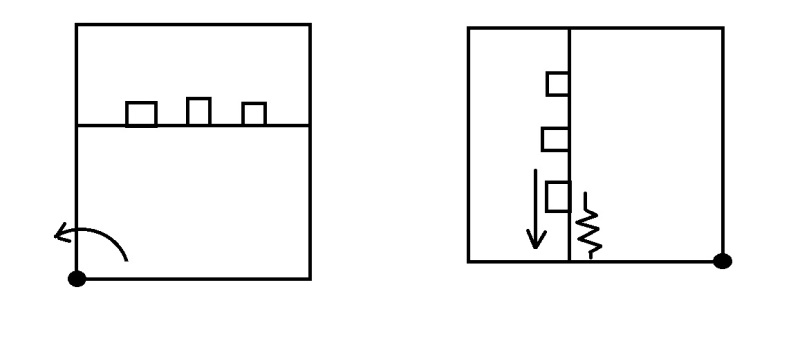I'm trying to calculate an impact force from a tipped electronic cabinet.
I realize that are a lot of unknowns, but I'll replace those with some reasonable assumptions and see what my range of results will be.
My goal is to see the range of forces that PWB's inside the cabinet may have experienced.
Thanks,
JunkforJG
I realize that are a lot of unknowns, but I'll replace those with some reasonable assumptions and see what my range of results will be.
My goal is to see the range of forces that PWB's inside the cabinet may have experienced.
Thanks,
JunkforJG

